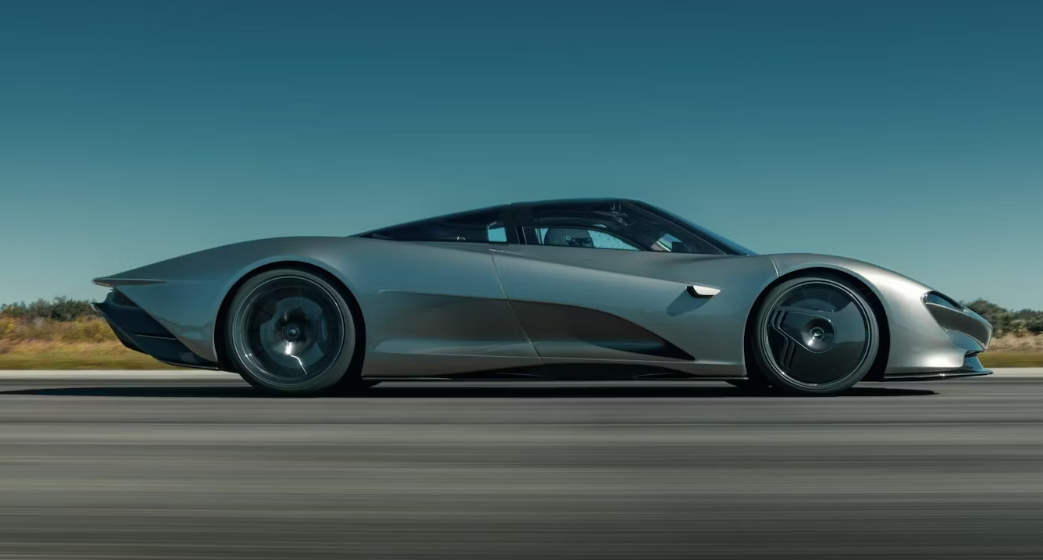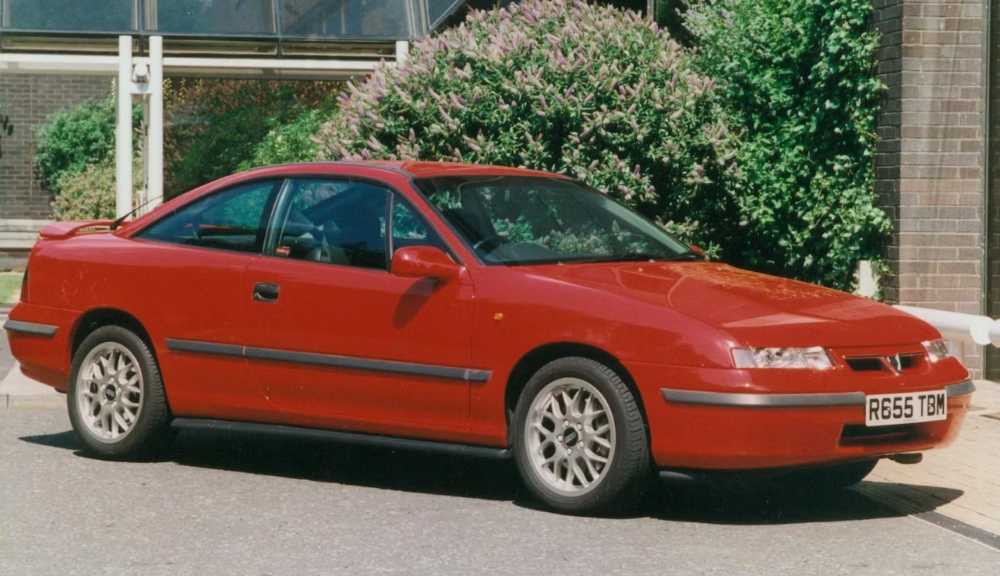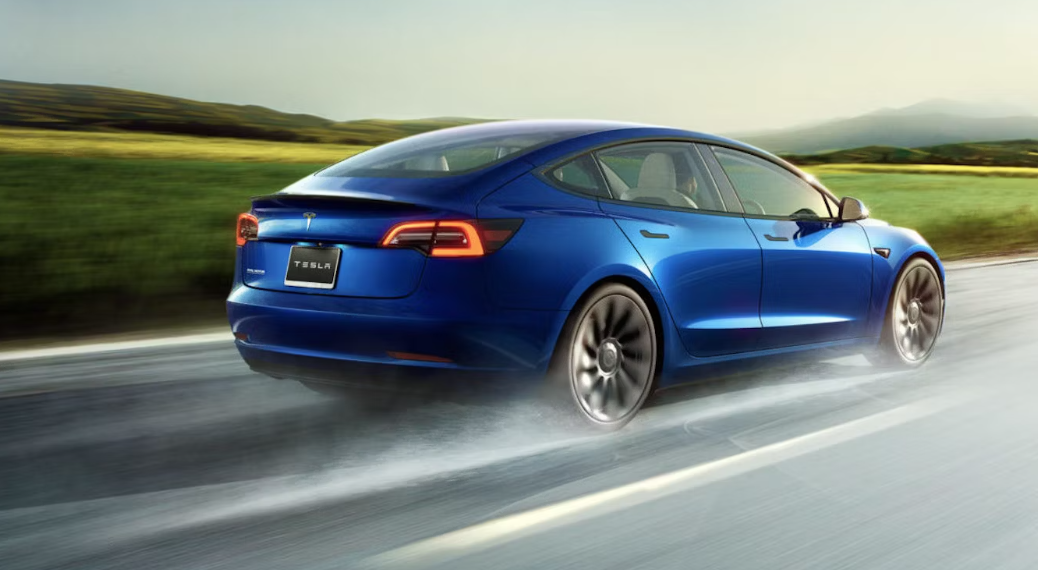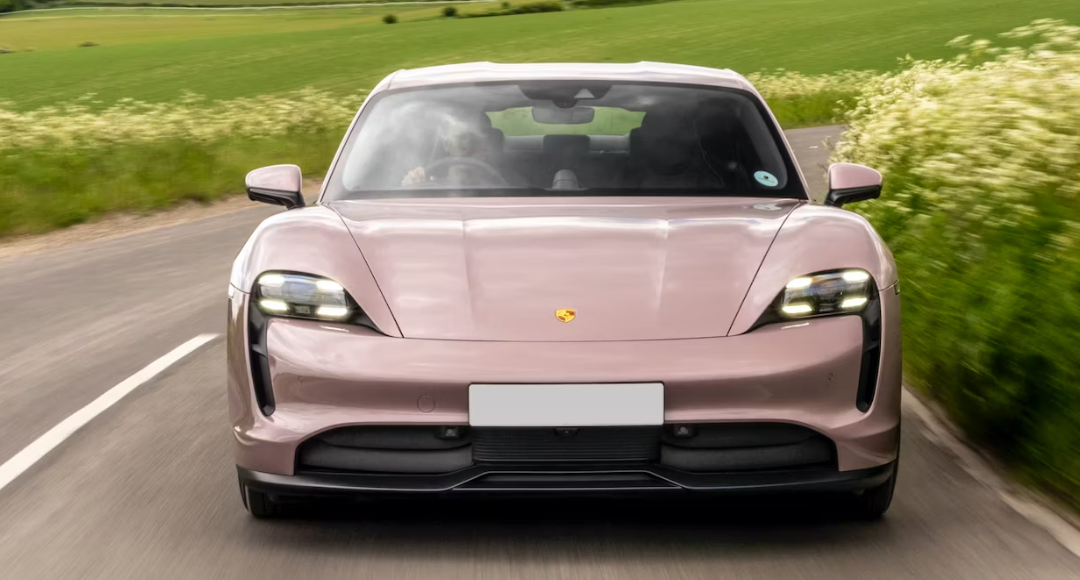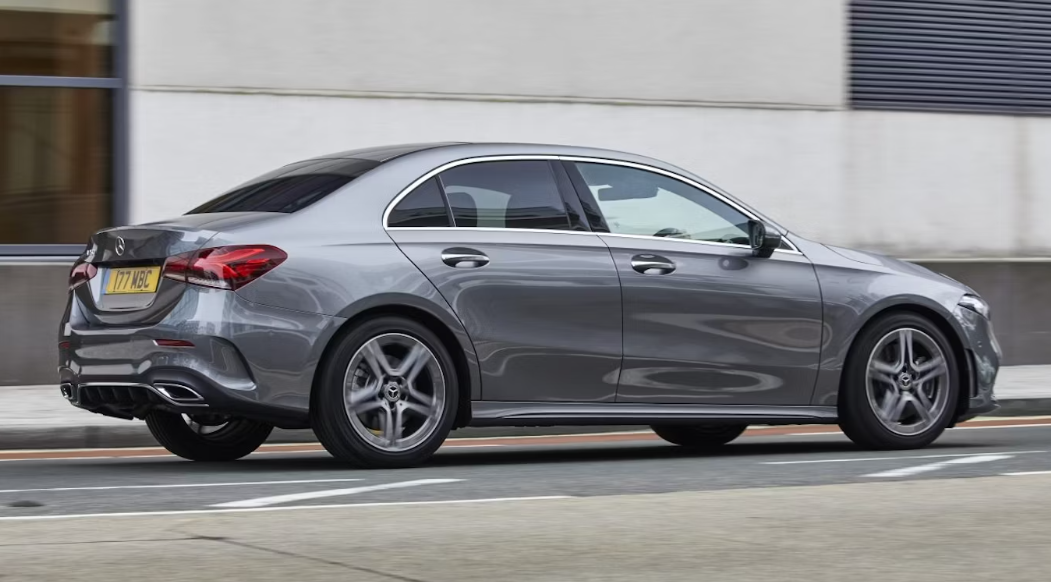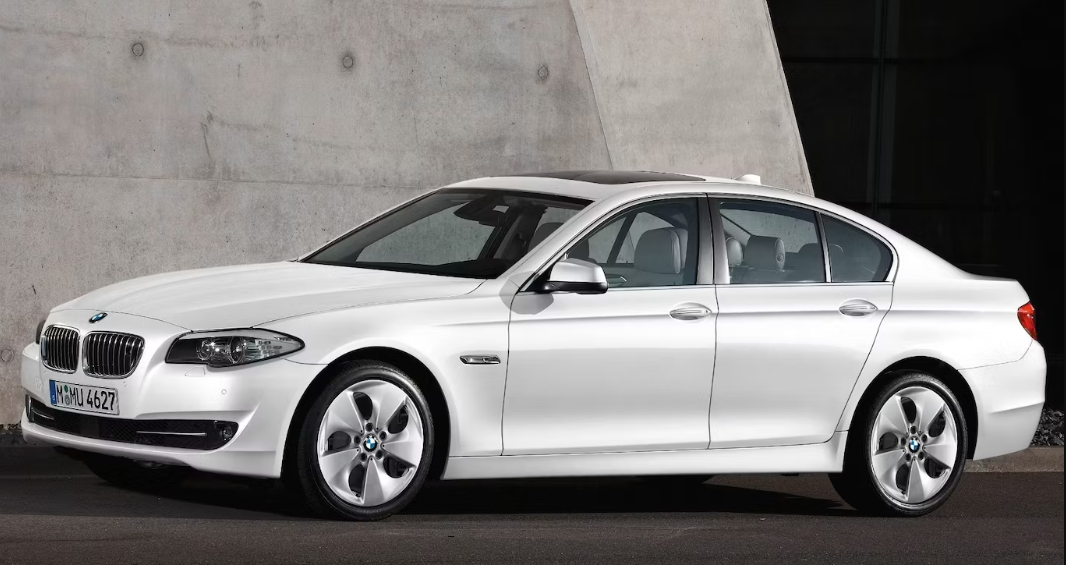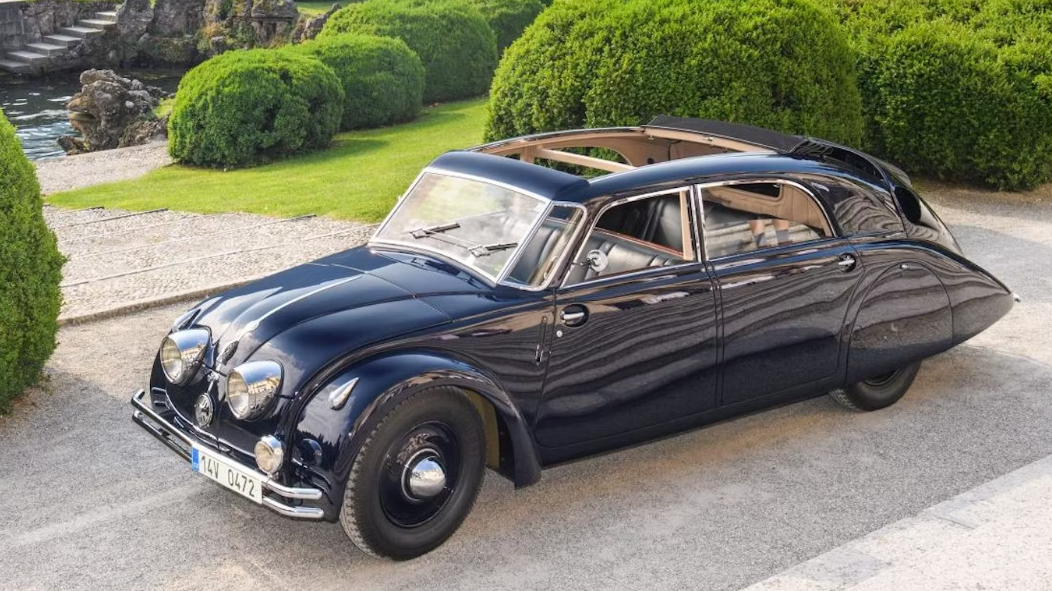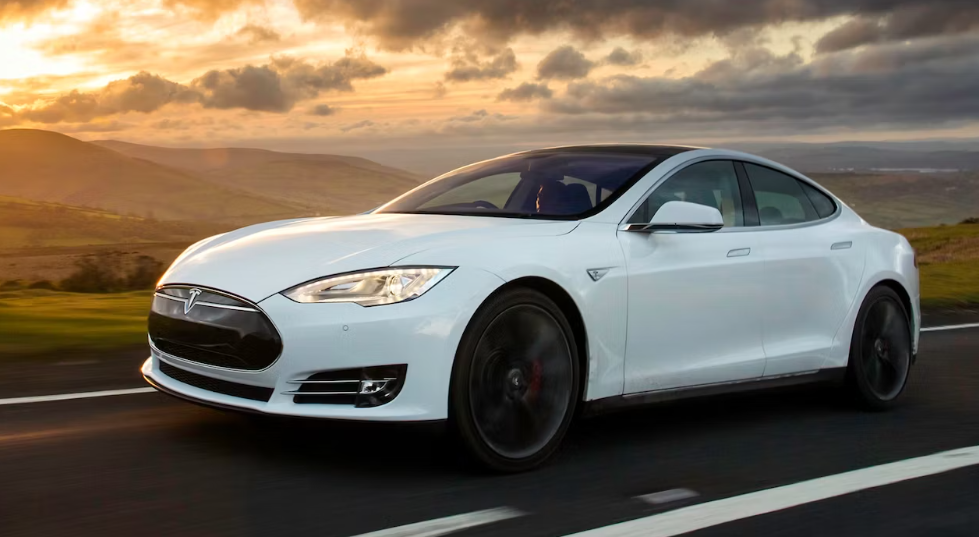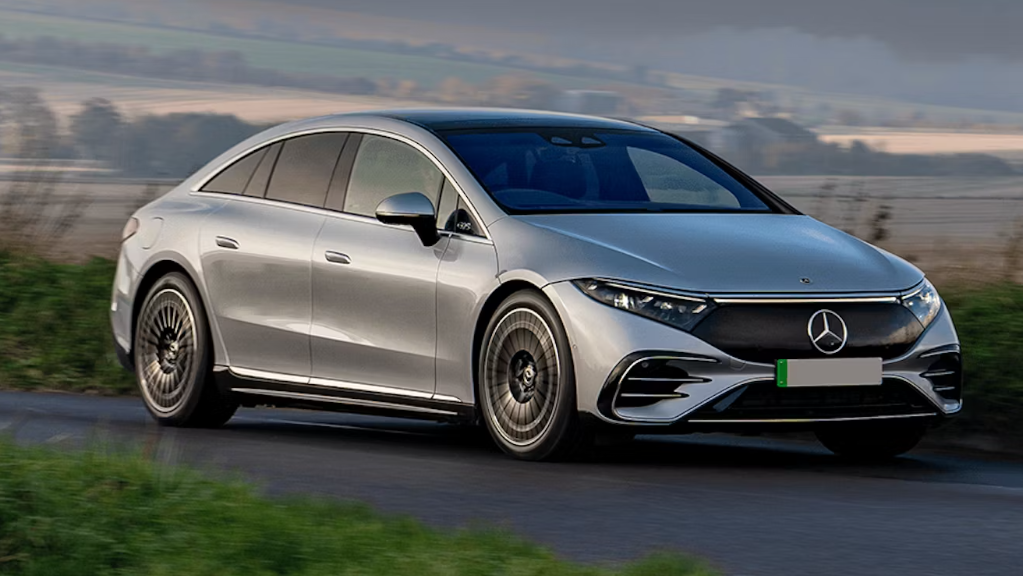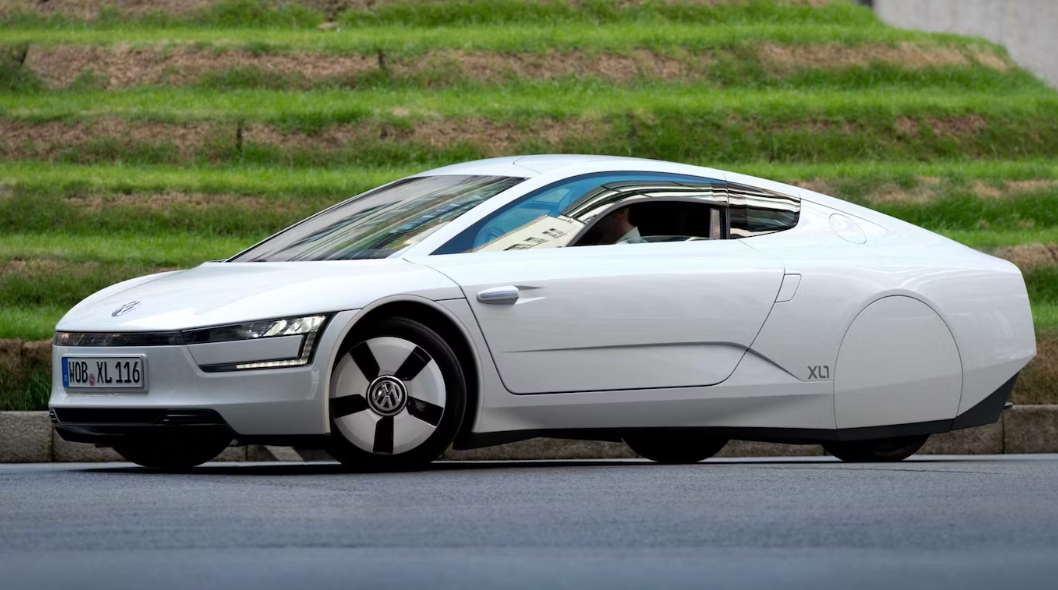News
The best aerodynamic cars in history: rating with photos
Aerodynamics is the way air interacts with objects, in this case, a car. The most aerodynamic shape in nature is a teardrop, which has an aerodynamic drag coefficient (Cd) of 0.04. That's why so many aerodynamically efficient cars have a special elongated shape.
Aerodynamics may not be a factor that people pay attention to when buying a car. Of course, reliability and value for money are much more important. However, for particularly demanding drivers, experts have compiled a rating of the best aerodynamic cars in history.
McLaren Speedtail (2020-present)
Aerodynamic drag coefficient: 0,278
To create its fastest road model, McLaren relied on hybrid power and a "super-slippery" shape to achieve its planned top speed of 400 km/h. An elongated tail section, the absence of traditional side mirrors, and an aerodynamic front wheel cover helped the McLaren Speedtail make the most of its impressive 1055 hp output.
Vauxhall Calibra (1989-97)
Aerodynamic drag coefficient: 0,26
The modest Vauxhall Calibra coupe has been an example of aerodynamic excellence since 1989. Its low front end, small panel gaps, flush door handles, and obsessive attention to every detail made it an aerodynamic champion until 1999. Even the current generation Vauxhall Astra hatchback can barely match the impressive performance of the Calibra more than three decades ago.
Tesla Model 3 (2017-present)
Aerodynamic drag coefficient: 0,23
Tesla has been setting the standard for electric vehicle performance and range for years. Part of the success is due to the low drag design of its vehicles. The Tesla Model 3 is the brand's bestseller, and the Long Range model's impressive 600 km range would not be possible without its ultra-low drag coefficient.
Porsche Taycan (2019-present)
Aerodynamic drag coefficient: 0,22
The Porsche Taycan was designed using 3D Computational Flow Dynamics (CFD) and spent 1500 hours in the wind tunnel to achieve a 0.22 Cd rating.
Mercedes A-Class Saloon (2018-present)
Aerodynamic drag coefficient: 0,22
In recent years, Mercedes has developed some pretty sleek and slippery designs, and even its base models like the A-Class sedan are now among the most aerodynamic cars on the road. The fanatical attention to detail means that even the wider and taller S-Class models are just as good at cutting through the air.
BMW 5 Series Efficient Dynamics (2011-13)
Aerodynamic drag coefficient: 0,22
In an attempt to reduce fuel consumption and thus operating costs, BMW fitted low rolling resistance tires and simplified alloy wheels to reduce the aerodynamic coefficient to just 0.22 Cd.
Tatra T77A (1935-38)
Aerodynamic drag coefficient: 0,212
Now for the classics. Tatra is a Czechoslovakian automobile brand (car production ceased in 1999) that has created some impressive designs over the years. The 1935 T77A had a rear-mounted V8 engine that, despite its modest 60 hp, could reach nearly 150 km/h thanks to its incredibly aerodynamic shape. Even to this day, the aerodynamic drag coefficient of 0.212 Cd has been bettered by only a few production cars.
Tesla Model S (2012-present)
Aerodynamic drag coefficient: 0,208
The Model S is Tesla's first production four-door sedan and is still the range leader when it comes to acceleration and range. Its drag coefficient of 0.208Cd is also among the most aerodynamic cars. The twin-engine Model S boasts a range of 650 km on a 100 kWh battery pack, thanks to flush door handles, a flat floor pan, and many other aerodynamic features.
Mercedes-EQS (2021-present)
Aerodynamic drag coefficient: 0,202
The all-electric EQS sedan has realized some of the advanced features of the concept car, as it is now the most aerodynamic production car on sale.
Volkswagen XL1 (2015-16)
Aerodynamic drag coefficient: 0,199
You may have never seen a VW XL1 before and be a bit surprised by its futuristic appearance. That's because it was limited to just 250 units when it was introduced in 2013. During this short period, it was the most aerodynamically efficient production car on sale.
Subscribe to the OBOZ.UA channels on Telegram and Viber to keep up with the latest events.







